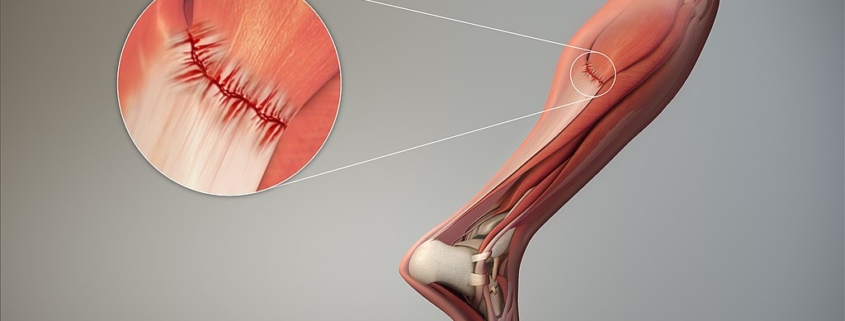
Muscle Pain
Overview of Muscle Pain
Myalgia, more commonly known as muscle pain, is experienced by many people at some point in their lives. It can result from a wide range of conditions, diseases, and injuries, and it is often a symptom of a more serious underlying problem. Muscle pain can affect a small area or your entire body, typically resulting from overuse, tension, or muscle injury due to physically strenuous action.
Types of Muscle Pain
Muscle pain can be categorized into two main types:
1. Localized myalgia: Pain is restricted to one or two areas.
2. Systemic myalgia: Pain occurs throughout the body and is often due to an infection, illness, or medication.
Causes of Muscle Pain
The causes of muscle pain are diverse and can include:
– Intense exercise or physical labor
– Certain diseases such as influenza (flu)
– Medications such as statins (cholesterol-lowering drugs)
– Nutritional deficiencies, especially lack of Vitamin D
– Certain medical conditions, such as fibromyalgia or lupus
– Injury to the muscle
– Overuse of a particular muscle
Symptoms Associated with Muscle Pain
Common symptoms of muscle pain include:
– Deep, constant pain in the muscle
– Sharp pain that occurs when you use the muscle
– Pain that persists or worsens over time
– Reduced range of motion due to pain
- Muscle weakness
Less common symptoms can include fever, malaise, and general feelings of discomfort.
Diagnosis of Muscle Pain
To diagnose muscle pain, your healthcare provider will conduct a comprehensive physical exam and review your medical history. They may enquire about your physical activity, diet, and any medication use. You might also be asked to rate your pain on a scale to help understand the severity. Some diagnostic tests that could be used include blood tests, imaging tests (such as X-rays or MRIs), and in rare cases, a muscle biopsy.
Treatment Options
The treatment options for muscle pain largely depend on the cause. In many cases, rest and at-home care can significantly alleviate the pain. Some treatment options include:
– Over-the-counter medication
– Physical therapy
– Heat or cold therapy
– Muscle relaxants (prescribed by a doctor)
– Lifestyle changes, such as improved diet and moderate exercise
In severe or persistent cases, surgical intervention might be recommended.
Living With Muscle Pain
If you’re living with muscle pain, it’s crucial to minimize stress on the affected muscle and get plenty of rest. Regular, gentle exercise can help improve muscle strength and flexibility. Staying hydrated and maintaining a balanced diet can also aid your recovery. Always talk with your healthcare provider before starting an exercise program or making significant changes to your diet.
When to Seek Help
Seek immediate medical attention if you experience:
– Extreme muscle weakness or paralysis
- Intense or worsening pain
– Pain that doesn’t improve with rest
– Pain paired with a rash
– Muscle pain accompanied by difficulty swallowing or breathing
- Symptoms of infection, such as redness and swelling
Be proactive in seeking help if the pain is interfering with your daily activities or if it’s causing you distress. Being informed about your condition and understanding when to seek help can make a significant difference in your treatment and recovery journey.
